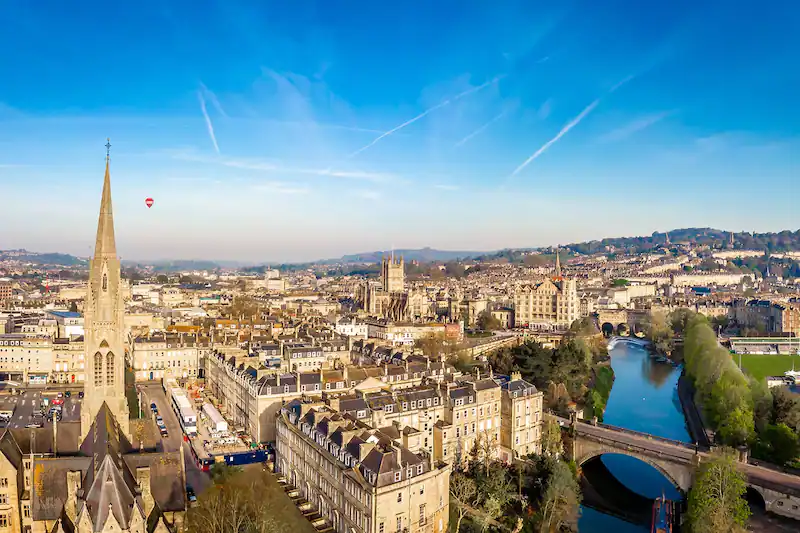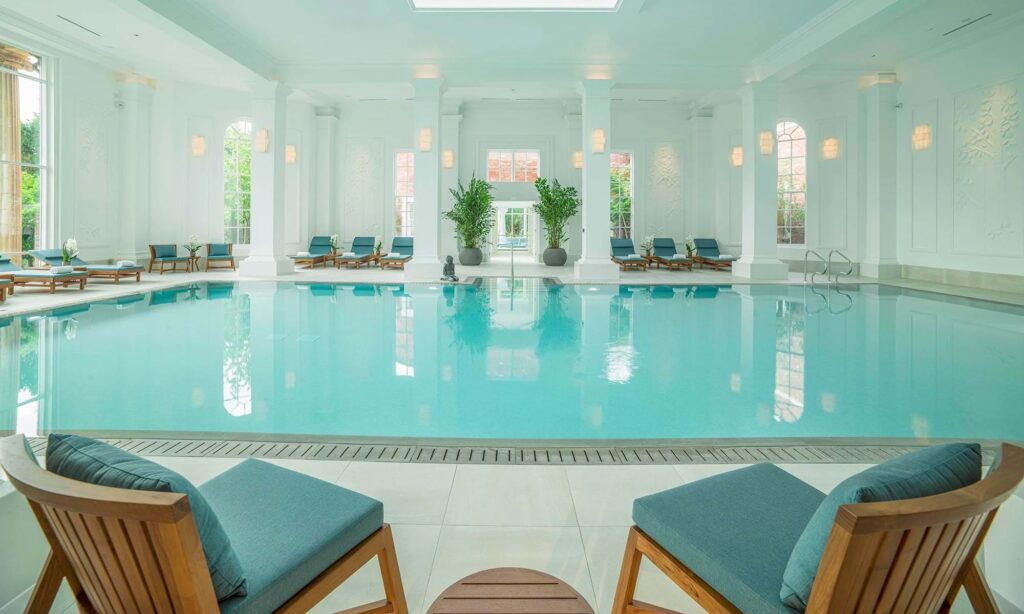
Luxury, a term often associated with opulence and extravagance, has evolved over the years, becoming synonymous with a unique blend of decadence and design. In this article, we’ll delve into the intricate world of luxury, exploring its historical roots, modern influences, and the pivotal role played by decadent design in shaping the ultimate luxury experience.
I. Introduction
A. Definition of Decadence in Luxury
Luxury, at its core, embodies a sense of excess, indulgence, and refinement. Decadence, within this context, refers to the extravagant and often ostentatious elements that define the pinnacle of opulence.
B. Importance of Design in the Luxury Experience
Design is not merely an aesthetic choice; it is the soul of luxury. The meticulous attention to detail, innovative concepts, and artistic expressions in design elevate the overall luxury experience.
II. The Evolution of Luxury
A. Historical Perspective
Luxury has deep-rooted historical origins, from the grandeur of ancient civilizations to the Renaissance era’s artistic pursuits. The concept evolved through the ages, intertwining with cultural shifts and societal changes.
B. Modern Influences on Luxury
In the contemporary landscape, luxury is shaped by globalization, technological advancements, and changing consumer expectations. The intersection of tradition and modernity defines the luxury market today.
III. Decadent Design Trends
A. Opulence and Extravagance
Opulent design incorporates lavish materials, intricate detailing, and grandeur. This trend showcases the unapologetic celebration of wealth and luxury.
B. Minimalism and Understated Elegance
Contrary to opulence, minimalist design emphasizes simplicity and understated elegance. The allure lies in the refined and discreet luxury that transcends trends.
IV. Iconic Examples in Decadent Design
A. Architecture
Architectural marvels like the Burj Khalifa and the Palace of Versailles exemplify decadent design, showcasing the fusion of innovation and luxury.
B. Fashion
Luxury fashion houses, such as Chanel and Louis Vuitton, set the standard for opulent style, pushing boundaries with each collection.
C. Automobiles
Luxury car brands like Rolls-Royce and Bugatti epitomize decadence on wheels, blending cutting-edge technology with bespoke craftsmanship.
V. The Role of Technology
A. Integration of Tech in Luxury
The incorporation of technology in luxury products and services enhances the overall experience, from smart homes to personalized digital interfaces.
B. Balancing Tradition and Innovation
Luxury brands grapple with maintaining traditional craftsmanship while embracing innovative technologies to stay relevant in a fast-paced world.
VI. Creating a Personalized Luxury Experience
A. Customization in Products and Services
The essence of luxury lies in exclusivity, and customization allows consumers to tailor products and services to their unique preferences.
B. Tailored Experiences for Clients
Beyond products, luxury brands curate bespoke experiences, ensuring a personalized journey for their clients, from exclusive events to private consultations.
VII. Sustainability in Decadent Design
A. Eco-friendly Luxury Practices
As environmental consciousness grows, luxury brands are incorporating sustainable materials and ethical practices without compromising on decadence.
B. Consumer Demand for Sustainable Luxury
Modern consumers seek brands that align with their values, driving the demand for sustainable and responsible luxury options.
VIII. The Global Impact of Decadent Design
A. Cultural Influences
Decadent design is influenced by diverse cultures, reflecting a global fusion of artistic expressions and craftsmanship.
B. Economic Perspectives
The luxury market contributes significantly to the global economy, with the design playing a pivotal role in brand positioning and market competitiveness.
IX. Challenges and Criticisms
A. Balancing Exclusivity and Accessibility
Maintaining exclusivity while catering to a broader audience poses challenges for luxury brands, raising questions about accessibility without diluting brand value.
B. Addressing Ethical Concerns
The luxury industry faces scrutiny regarding ethical practices, from labor conditions to the sourcing of materials, requiring brands to adopt transparent and responsible measures.
X. Future Trends in Luxury Design
A. Technology Advancements
Artificial intelligence, augmented reality, and virtual reality are anticipated to redefine luxury experiences, offering innovative ways for consumers to engage with luxury brands.
B. Changing Consumer Preferences
Understanding evolving consumer preferences is crucial, as the demand for sustainable and meaningful luxury experiences continues to shape the industry.
XI. The Psychology Behind Luxury
A. Understanding Consumer Behavior
Luxury purchases are often driven by emotional connections, with consumers seeking status, self-expression, and a sense of belonging through their choices.
B. The Emotional Connection
Decadent design plays a pivotal role in creating emotional connections, evoking a sense of exclusivity and identity for luxury consumers.
XII. Luxury Brands and Social Media
A. Impact of Social Platforms
Social media has become a powerful tool for luxury brands to connect with consumers, shaping perceptions and creating a sense of community.
B. Building Brand Presence Online
Maintaining a strong online presence is essential for luxury brands, as digital platforms provide a space to showcase decadent designs and engage with a global audience.



